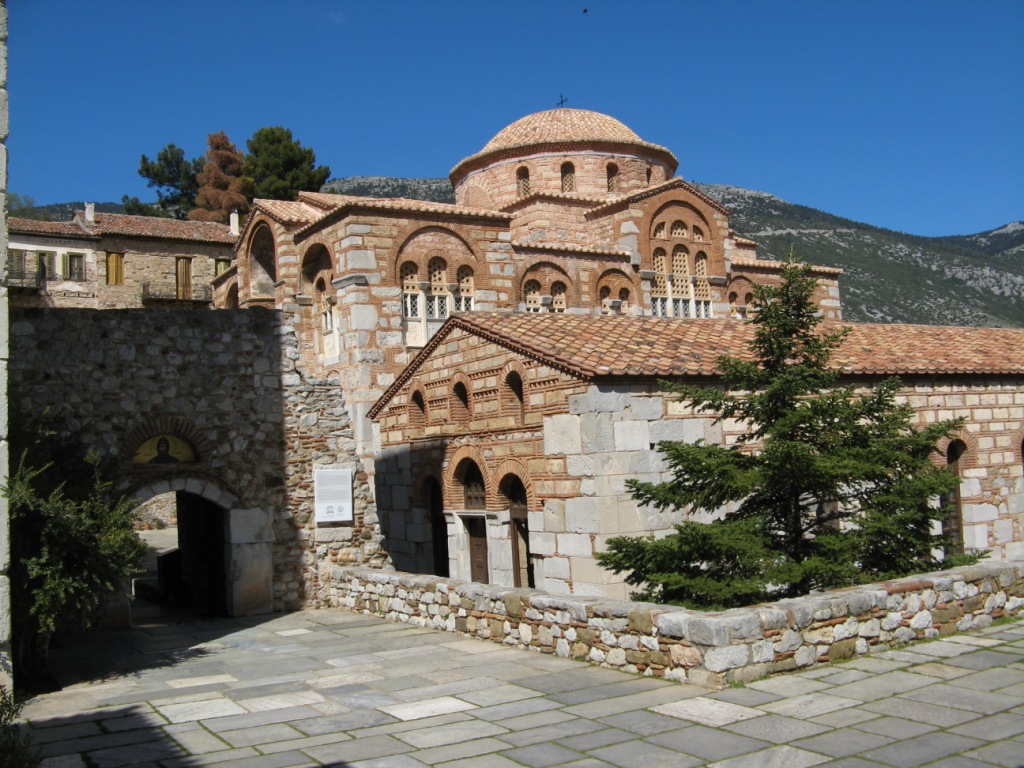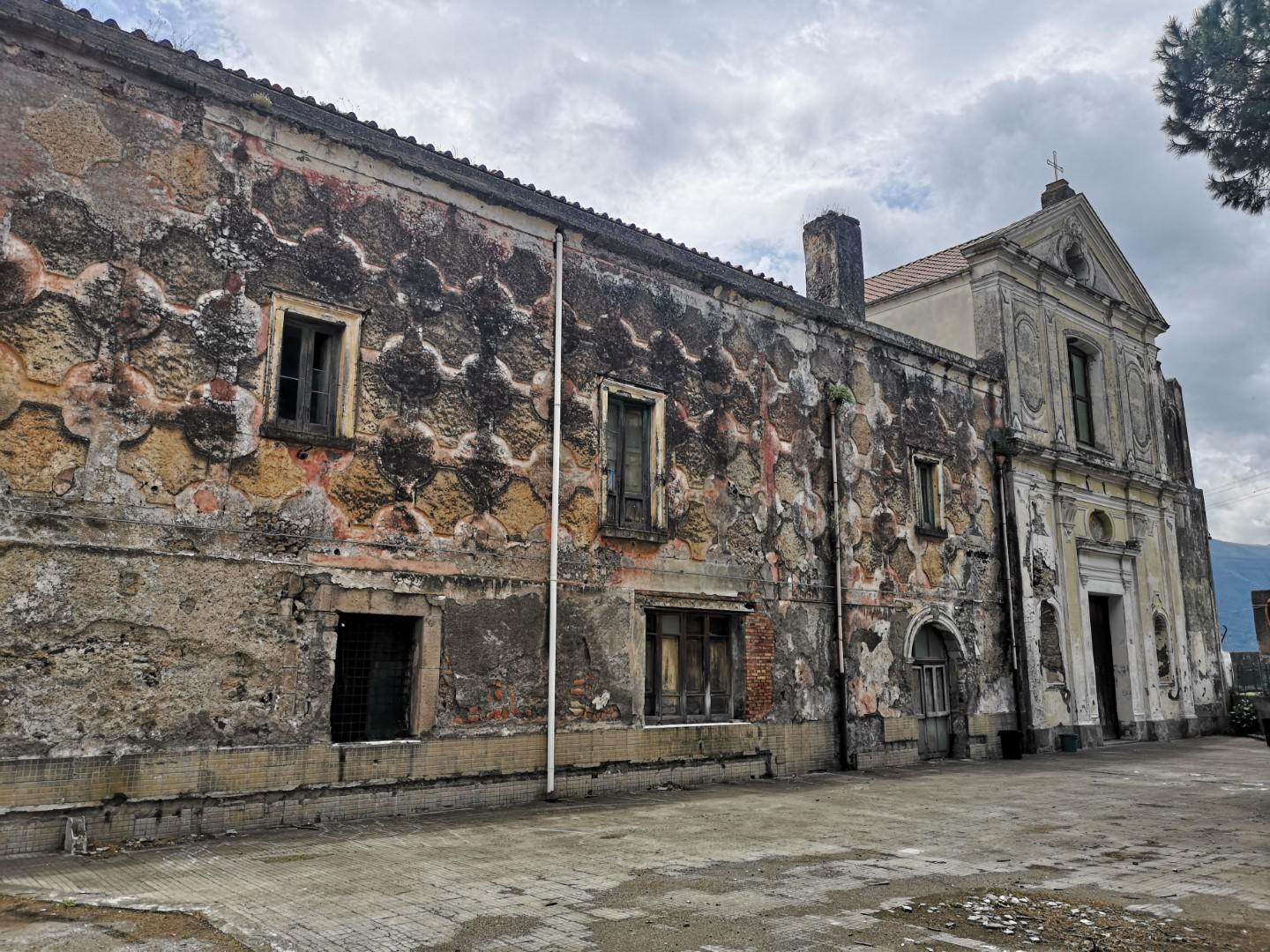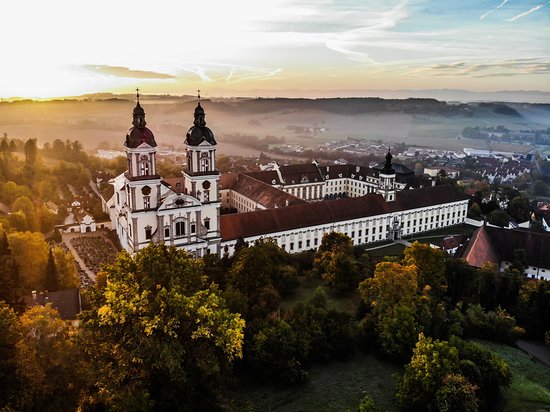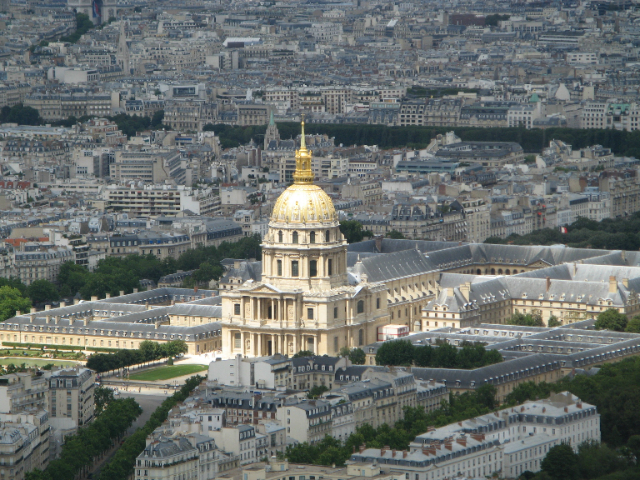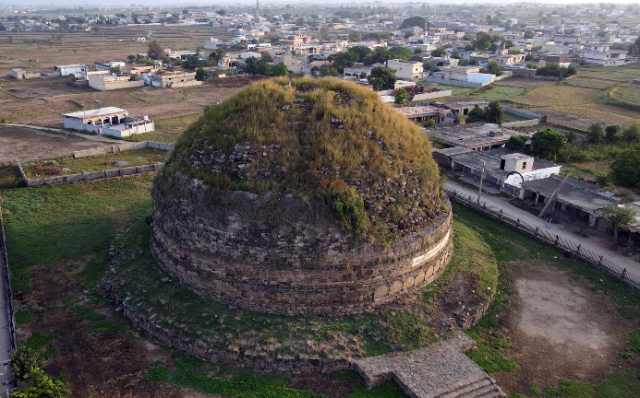In the middle of a striking overhanging rock face, like a gem set in a ring, about 120 meters above the river bed is the Hermitage dedicated to St. Columbanus.
The ‘Hermitage has been there for more than a millennium, or rather, an inscription carved on the rock next to the bell tower would date the Hermits’ Cave to 753, when a "Pious Man" coming from Bobbio (PC) and looking for a place to isolate himself from the world found this natural cave. About the small church and the hermitage, too, history is mixed with legend, but there is agreement that they were probably built around the year 1000 even though the first document testifying to the existence of St. Columba’s church is from 1319.
The visit begins in the chapel, where a 19th-century fresco by an unknown painter is preserved. From there via a few steps one ascends to the Hermit’s Grotto, which was occupied until 1781, when the hermitage was abolished by Joseph II of Habsburg.
Above is the bell tower and a small room where there are photographs and original documents.
One of the frescoes tells the best-known legend associated with the Hermitage: the struggle between St. Columbanus and the dragon that lived in the coveli (natural caves) under the natural roof formed by the rocks. But other stories surround this magical place, from the mulberry plague that ceased because of the saint’s intervention to processions to ask for an end to the drought in the 15th century.


